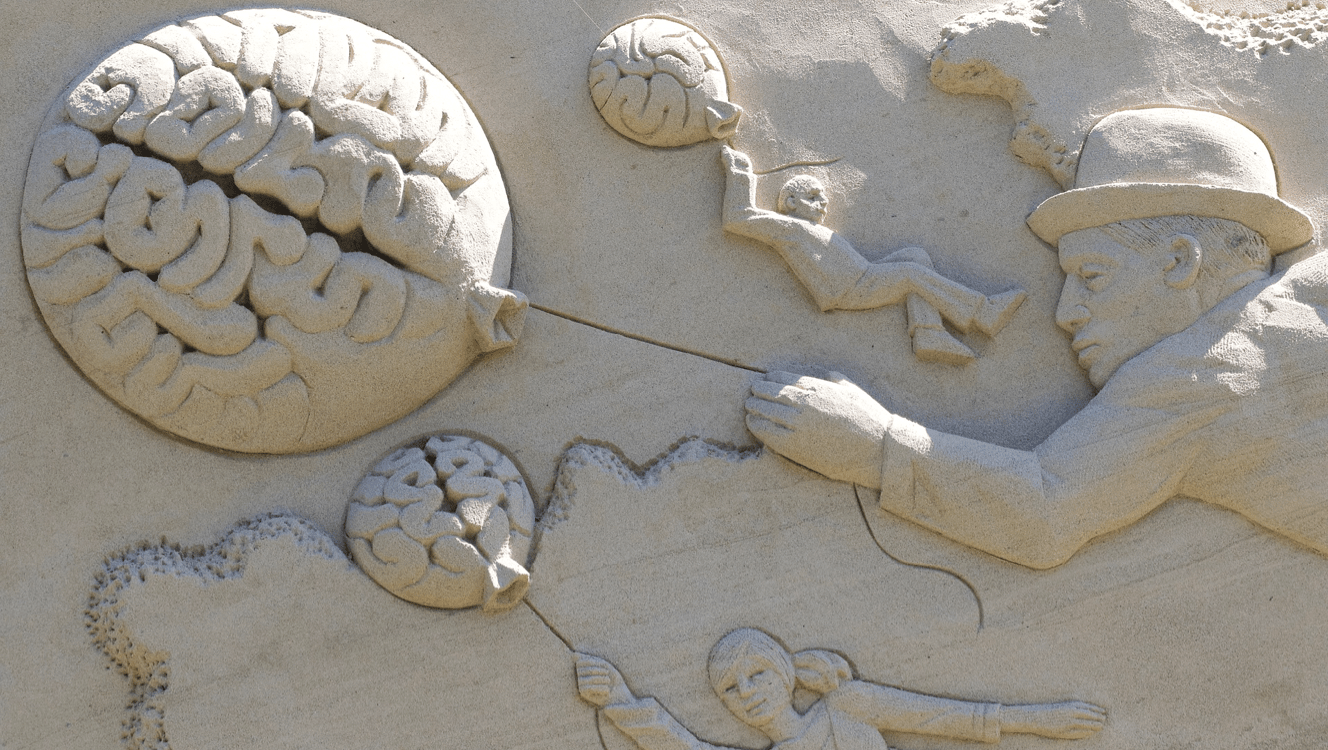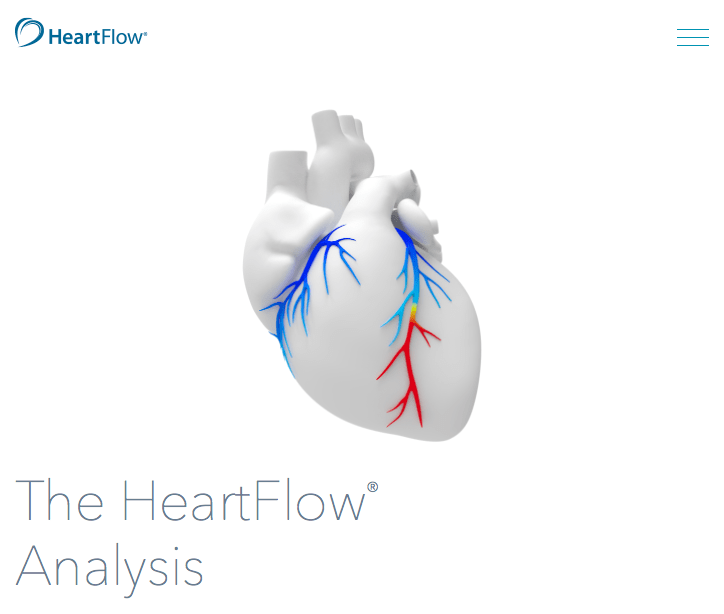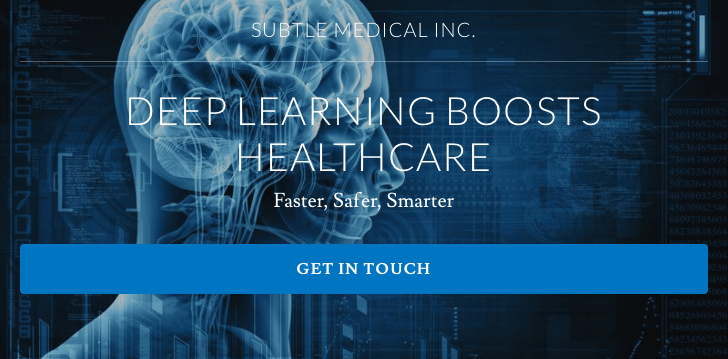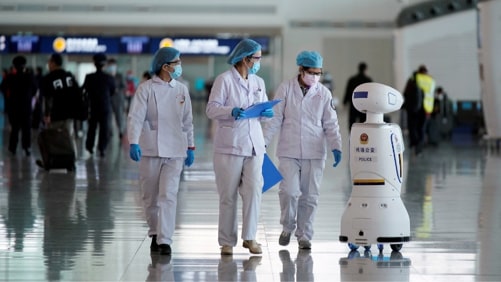How deep learning helps healthcare and weather forecasting industries achieve more with less

Deep learning is enjoying a momentum now. Many companies are waking up to its potential, and with a whole slew of fresh case studies published recently, it looks like DL could be the next big thing.
Still, what is deep learning exactly? Like machine learning is a subset of AI (Artificial Intelligence), deep learning is a subset of machine learning. It gives the latter a whole new degree of sophistication and profoundness – hence the “deep” metaphor. Deep learning algorithms re-enact the workings of neural networks in the human brain, which allows one to teach DL models complex computations.
In this article, we look at three real-life deep learning implementations in healthcare and weather forecasting industries.
1. Diagnosing coronary artery blockages just in time (HeartFlow)

Coronary heart disease is the #1 cause of premature death on the planet. But it doesn’t have to be – provided it’s diagnosed accurately and in time.
A new, non-invasive diagnosis technology developed by HeartFlow is poised to change that statistic once and for all. It analyses the patient’s standard CT scan and creates a personalized 3D map of their heart. A physician can then examine the color-coded chart and easily spot coronary artery blockages, if there are any.
The new technology is based on a deep learning model where the algorithm is trained to distinguish between normal and pathological heart conditions. Thanks to HeartFlow, 60% of patients can now avoid having an angiogram – the traditional, invasive method. Not only does it mean faster, more accurate diagnosis, but could also save hospitals and clinics up to 25% in operational costs.
Source: [Nvidia blog]Heart Smart: How HeartFlow Uses AI to Detect Heart Disease
2. Chasing storms and tornadoes with DL algorithms (NCAR)

NCAR stands for the National Center for Atmospheric Research. In the past few years, the organization has had success applying deep learning models to build new-generation mechanisms for predicting severe weather.
The idea is to predict events such as hail or tornadoes using fewer resources and do so much more in advance. Researchers say deep learning models can pick up on spatial patterns associated with supercell thunderstorms, which are major producers of hail. The signs could be air flowing inward at lower levels and then going up, one storm taking hailstone embryos from another one, and so on. The model is further informed if hail occurred after those patterns had been observed and how big it was. Eventually, the model learns to make future predictions on its own.
Source: [The AI podcast]Ep. 51: Live at GTC – Deep Learning Can Save Lives by Predicting Severe Weather
3. Improving medical imaging with AI (Subtle Medical)

Ever heard of Subtle Medical? It is a hot new startup that recently landed about a quarter million dollars in Inception Awards from Invidia.
Founded by a team of imaging scientists, radiologists, and AI experts, Subtle Medical is on a mission (as per their website) to “improve medical imaging for better acquisition, reconstruction, processing and analysis.” And they do so through deep learning, of course.
There are certain time delays and image quality issues associated with MRI (Magnetic Resonance Imaging) scans. Subtle Medical is working on tackling these problem with deep learning.
For example, their research indicates you can administer only a fraction of the usual GBCA dose – just about 10% – to the patient to get a high quality MRI brain scan. The high quality is preserved thanks to the DL algorithms that recreate the missing/obscure parts. GBCA stands for “gadolinium-based contrast agent,” which is a chemical substance used during brain scan to increase image contrast. Needless to say, reducing the dose will not only benefit patients, but will also help cut down on diagnostic costs.
Source: Aunt Minnie – Can AI help the fight against gadolinium deposition?
Related Blogs

From robot cleaners to robo-chefs to entertainers: what kinds of robots are helping us fight COVID-19?
LEARN MORE